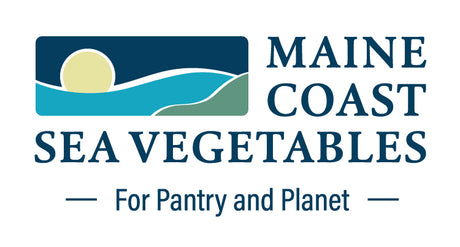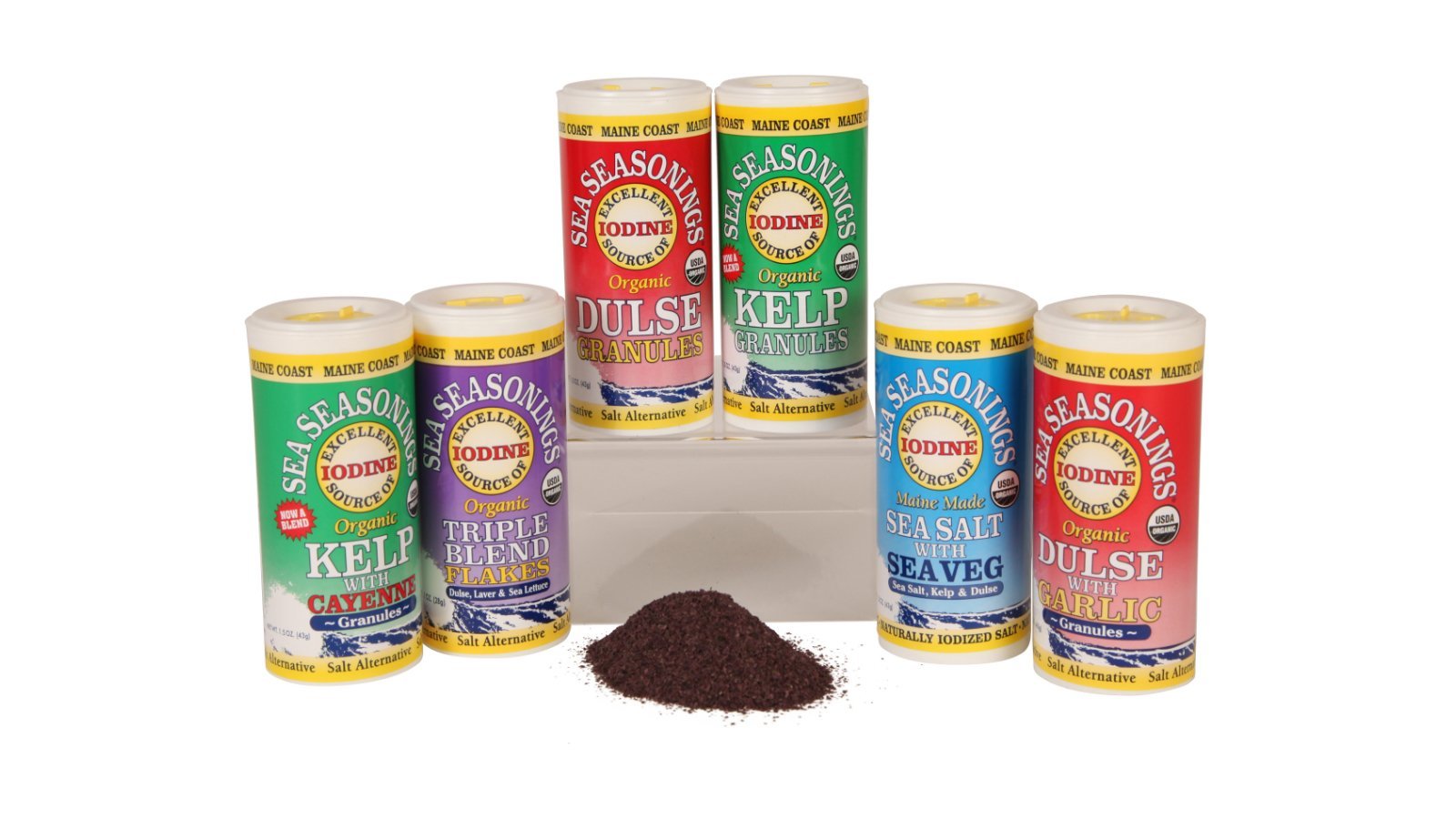Approximately 50% of American adults and 40% worldwide have high blood pressure, which has been linked to the consumption of salt. To combat this, many individuals opt for salt substitutes, but high levels of sodium are present in most processed foods, including condiments like ketchup, hot sauce, salad dressing, and fermented products. For those seeking to reduce their sodium intake, finding ways to add flavor to their meals without relying on salt can be difficult.
Looking to avoid high levels of sodium while still adding flavor to your meals? Good news, there are several salt alternatives readily available to spice up your food without the added sodium.
Looking for a salt alternative that provides a similar taste without impacting your blood pressure? Potassium chloride may be a good option for you. As a chemical relative of sodium, it stimulates the same taste buds and imparts a salty flavor to food. Although it doesn't taste exactly like salt, it allows for lower sodium intake without sacrificing flavor. It is generally safe for most individuals, but those with chronic kidney disease should be cautious as excessive potassium intake can lead to hyperkalemia, causing symptoms such as fatigue, nausea, chest pain, heart palpitations, and difficulty breathing. If you have chronic kidney disease, it is advisable to limit both sodium and potassium intake.
Balanced consumption of sodium, potassium, and chloride is crucial for maintaining health. Sodium is necessary for blood pressure and volume regulation, transmitting nerve impulses, and balancing blood and tissue pH levels. Potassium is an essential element in all bodily tissues and maintains normal cell function through regulating cellular fluid volumes and electrochemical gradients. Chloride similarly contributes to the body's functions, and also plays a role in digestive health by forming hydrochloric acid in the stomach with hydrogen. These three electrolytes are vital for life and must be consumed in moderate amounts to maintain balance.
A healthy diet can provide sufficient levels of sodium, potassium, and chloride. However, many individuals consume an excessive amount of sodium and inadequate potassium due to a diet lacking in fresh fruits and vegetables and high in processed foods. To address this imbalance, sea seasonings like MCSV Sea Seasonings® provide a healthier alternative to traditional salt substitutes. These seaweed granules contain less sodium than table salt and are abundant in potassium and other minerals. Here are six reasons why seaweed makes a great salt substitute for most people.
1 - Seaweed naturally contains iodine
Lack of iodine in diets consisting primarily of land vegetables and animal products is a common issue. This essential micronutrient is abundant in seawater and coastal soils, but scarce in inland areas. Historically, iodine deficiency became more prevalent as one moves further away from the ocean.
Iodine deficiency was identified as a significant global public health concern in the early 1920s. To combat the issue, iodine was added to table salt, leading to a decrease in incidence of conditions caused by iodine deficiency. The result is a low prevalence of goiters, a thyroid gland enlargement caused by iodine deficiency, in the United States and other regions.
It’s unlikely, though possible, that reducing your intake of iodized salt will affect your iodine levels. Fortunately, seaweed is one of the best natural sources of iodine on the planet. A small amount of seaweed or Sea Seasonings® contains as much iodine or even more than a similar quantity of iodized salt. For those who aren’t avoiding salt, our Sea Salt with Sea Veg is naturally iodized with sea vegetables. This salt can be used just like regular salt and ¼ tsp contains about 40% of the RDI for iodine.
2 - Seaweed adds flavor
The flavor of seaweed varies depending on the species. Brown seaweeds such as kelp, Alaria, rockweed, and bladderwrack are known for adding umami, the savory, somewhat salty essence found in cheese, fish sauce, and liquid amines. These seaweeds are great salt substitutes in soups, stir-fry, and recipes calling for bouillon.
Red seaweeds such as dulse and laver can add a nutty and rich umami flavor, while green seaweeds such as sea lettuce can add a slightly bitter and salad green-like flavor. The diversity of seaweed flavors creates many opportunities for the creative cook! We offer all of these in milled forms, such as granules, flakes, or powder, making it convenient to add small quantities in lieu of salt to just about any dish.
3 - Seaweed contains other mineral salts
One of the benefits of using seaweed as a salt substitute is that seaweeds contain many other mineral salts beside potassium and sodium. For example, seaweed is a great source of magnesium salts.
Magnesium is an essential nutrient that is often deficient in the average diet. The National Institute of Health estimates that 48% of people in the United States do not consume an adequate amount of magnesium. Magnesium deficiency can lead to subtle symptoms such as muscle twitches, fatigue, and mental health issues. For those very deficient in the mineral, more serious issues include weak bones and heart problems.
Magnesium is just one of many important minerals found at respectable levels in even small amounts of seaweed. For example, just four grams of rockweed granules (or about one heaping tsp) provides 8% of the daily requirement of magnesium, 4% calcium, 5% iron, 3% manganese, and 2% zinc.
4 - Seaweed is a whole food
As isolated minerals, table salt and potassium chloride lack the fiber, vitamins, and phytochemicals needed to support our body’s natural life functions. Although vitamin and mineral supplements may have their place, nutritional health experts generally agree that nutrients are most potent and often better absorbed when they come from whole food. Whole foods contain hundreds of other nutrients such as carotenoids, flavonoids, minerals, and antioxidants. When it comes to nutrition, the sum of the whole is greater than the sum of the parts.
5 - Seaweed is shelf-stable
A great feature of Sea Seasonings® or most dried seaweed is an extended shelf life. This is due to the abundance of mineral salts and the very low water activity of dried seaweed. Water activity is a measure of the amount of available water for microbes such as yeasts and bacteria to survive. Most of our seaweed is sold with a water activity below the survivable minimum for microbes. Like table salt, you don’t really need to worry about seaweed going bad.
The “best by date” on our products is intended to be a guide for those customers who want to eat only the freshest of foods. The truth is, though, our seaweeds and Sea Seasonings® hold their nutrition and flavor long past the best by date. The flavor of some sea vegetables, such as sugar kelp and Alaria, actually improves with age! Our blog post “This Old Kelp” discusses this issue in more detail.
6 - Seaweed is easy to use - a little goes a long way!
It’s a common misconception that you need make a meal around the seaweed. In reality, seaweed can be treated like any vegetable or your favorite herb. Making a soup? Throw some kelp into the pot! Want to season a baked potato? Sprinkle some dulse granules on top! Seaweed’s versatility makes it an exciting food!
Dried seaweed adds nutrition as well as flavor. Just a small amount added to any dish can add meaningful levels of minerals, iodine, and dietary fiber. This makes seaweed and Sea Seasonings® much more than just another salt substitute!




